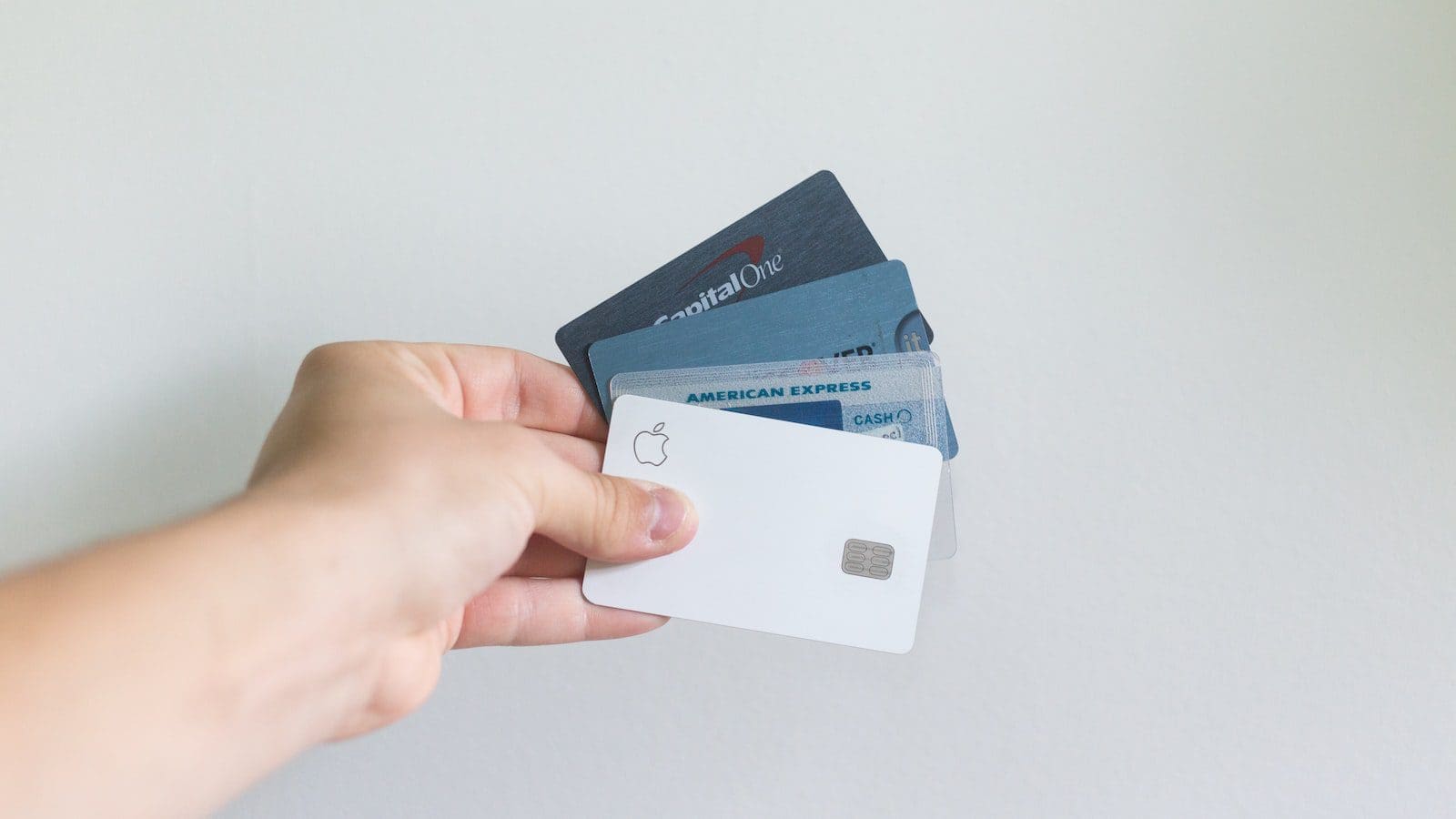ACH (Automated Clearing House) is a domestic payment system commonly used in the United States, facilitating electronic fund transfers between bank accounts within the country, known for its low cost and batch processing. SWIFT (Society for Worldwide Interbank Financial Telecommunication) is an international messaging network enabling secure communication between financial institutions globally, often used for cross-border transactions.
Key Takeaways
- ACH (Automated Clearing House) is a domestic network for processing electronic financial transactions in batches; SWIFT (Society for Worldwide Interbank Financial Telecommunication) is a global messaging network that facilitates secure communication for international financial transactions.
- ACH is used for local transactions, such as direct deposits, bill payments, and payroll; SWIFT is primarily used for cross-border transactions, such as international wire transfers.
- ACH focuses on processing high volumes of low-value transactions, while SWIFT enables secure communication between banks for large-sum international transfers.
ACH vs SWIFT
ACH (Automated Clearing House) is a batch processing system that handles low-value transactions. SWIFT (Society for Worldwide Interbank Financial Telecommunication) is a real-time gross settlement system that facilitates the transfer of high-value transactions between banks internationally.

Comparison Table
| Feature | ACH (Automated Clearing House) | SWIFT (Society for Worldwide Interbank Financial Telecommunication) |
|---|---|---|
| Purpose | Facilitates domestic electronic funds transfers within a single country (primarily the US) | Enables international electronic funds transfers between financial institutions worldwide |
| Scope | National | Global |
| Settlement Time | Batched: Transactions are processed in batches at specific times, taking 1-3 business days to complete. | Varies: Can be same-day or settle within 1-2 business days depending on participating institutions and regulations. |
| Cost | Typically lower fees, especially for domestic transactions. | Generally higher fees due to international processing and intermediary involvement. |
| Speed | Slower due to batch processing. | Faster settlement times, especially for same-day options. |
| Currency | Primarily domestic currency of the country using ACH. | Supports multiple currencies for international transactions. |
| Security | Uses various security measures to protect data, but may not offer real-time tracking. | Employs robust security protocols and message encryption for international transactions. |
| Tracking | Limited tracking capabilities for individual transactions. | Offers more comprehensive tracking information for international transfers. |
What is ACH?
Overview
ACH, short for Automated Clearing House, is a widely used electronic payment network in the United States, allowing for the transfer of funds between bank accounts. It operates under the jurisdiction of the National Automated Clearing House Association (NACHA). The ACH system facilitates various types of transactions, including direct deposits, bill payments, business-to-business payments, and person-to-person transfers.
How ACH Works
- Authorization: To initiate an ACH transaction, the sender provides authorization, often in the form of a signed agreement or electronic consent, permitting the movement of funds from their account.
- Batch Processing: ACH transactions are processed in batches, typically scheduled for specific times throughout the day. These batches contain multiple transactions grouped together, which are then transmitted to the ACH network for processing.
- Clearing and Settlement: Upon receipt of a batch, the ACH network processes the individual transactions by electronically debiting and crediting the relevant accounts. The transactions are sorted, routed, and settled according to predefined rules and schedules.
- Notification: After processing, both the sender and receiver receive notification of the transaction. This may include details such as the transaction amount, date, and reference information.
Key Characteristics and Benefits
- Cost-Effective: ACH transactions are generally more cost-effective compared to traditional paper-based methods or other electronic payment systems like wire transfers. This makes them particularly attractive for businesses and individuals conducting frequent transactions.
- Efficiency and Timeliness: While ACH transactions may not be as instantaneous as some other payment methods like credit card transactions, they offer a balance between speed and cost. Payments typically settle within a few business days, making them suitable for non-urgent transactions.
- Regulatory Compliance: ACH transactions are subject to regulatory oversight to ensure the security and integrity of the payment system. NACHA establishes and enforces rules governing ACH operations, promoting standardized practices and enhancing consumer protection.
- Versatility: The ACH network supports various transaction types, including direct deposits, recurring payments, and same-day ACH transfers, catering to diverse financial needs and use cases.

What is SWIFT?
Overview
SWIFT is a global messaging network and financial services cooperative headquartered in Belgium. Established in 1973, it provides a secure and standardized platform for communication and transaction processing between financial institutions worldwide. SWIFT’s primary function is to facilitate the exchange of financial messages, enabling banks, broker-dealers, corporations, and other entities to conduct various types of cross-border transactions securely.
How SWIFT Works
- Message Format: SWIFT messages adhere to a standardized format defined by SWIFT’s proprietary messaging standards. These messages contain information about financial transactions, including payment instructions, trade confirmations, and account status updates.
- Network Infrastructure: SWIFT operates a highly secure and resilient network infrastructure, connecting over 11,000 financial institutions across more than 200 countries and territories. This network ensures reliable and timely transmission of messages between participants.
- Message Routing and Processing: When a financial institution initiates a transaction, it sends a SWIFT message containing the relevant instructions and details. SWIFT’s network routes the message to the recipient’s institution based on predefined routing codes and protocols. Upon receipt, the recipient’s institution processes the message, executing the necessary actions to complete the transaction.
- Security and Compliance: SWIFT places a strong emphasis on security and compliance to mitigate risks associated with financial transactions. It implements various measures, including encryption, authentication, and message integrity checks, to safeguard sensitive information and prevent unauthorized access or tampering.
Key Characteristics and Benefits
- Global Reach: SWIFT’s extensive network spans across the globe, enabling seamless communication and transaction processing between financial institutions in different countries and regions. This global reach facilitates international trade, cross-border payments, and financial market operations.
- Standardization: SWIFT promotes standardization and interoperability through its messaging standards and protocols. By adhering to common formats and procedures, participants can exchange information and conduct transactions efficiently, regardless of geographic location or institutional differences.
- Reliability and Resilience: SWIFT’s network infrastructure is designed to ensure high reliability and resilience, capable of handling large volumes of messages and maintaining operational continuity even in the face of disruptions or cyber threats.
- Regulatory Compliance: SWIFT collaborates with regulatory authorities and industry stakeholders to address regulatory requirements and compliance obligations. It assists participants in meeting anti-money laundering (AML), counter-terrorism financing (CTF), and other regulatory standards applicable to international financial transactions.

Main Differences Between ACH and SWIFT
- Geographical Scope:
- ACH is primarily used for domestic transactions within the United States.
- SWIFT facilitates cross-border transactions, connecting financial institutions globally.
- Transaction Speed:
- ACH transactions typically take a few business days to settle.
- SWIFT transactions may take longer to settle, depending on factors such as currency exchange, intermediary banks, and time zones.
- Transaction Types:
- ACH supports various domestic transactions, including direct deposits, bill payments, and person-to-person transfers.
- SWIFT enables a wide range of cross-border transactions, including international wire transfers, trade finance, and securities transactions.
- Cost Structure:
- ACH transactions are generally low-cost, making them suitable for frequent and recurring payments within the U.S.
- SWIFT transactions often involve higher fees, reflecting the complexity and additional services required for cross-border settlements.
- Regulatory Framework:
- ACH transactions are governed by regulations and guidelines established by the National Automated Clearing House Association (NACHA) in the United States.
- SWIFT adheres to regulatory requirements in multiple jurisdictions and collaborates with regulatory authorities to ensure compliance with international standards for financial messaging and transactions.
- Network Infrastructure:
- ACH operates within a domestic network managed by NACHA, with connections to participating financial institutions in the United States.
- SWIFT operates a global messaging network, connecting over 11,000 financial institutions worldwide through a secure and standardized infrastructure.
- Message Format:
- ACH messages conform to standardized formats and protocols defined by NACHA for domestic transactions.
- SWIFT messages adhere to proprietary messaging standards developed by SWIFT, ensuring interoperability and security for cross-border transactions.
- Use Cases:
- ACH is commonly used for payroll processing, recurring bill payments, and electronic funds transfers within the United States.
- SWIFT is utilized for international trade, cross-border remittances, foreign exchange transactions, and other global financial activities requiring secure and reliable communication between financial institutions.
- https://iopscience.iop.org/article/10.1086/500724/meta
- https://www.ncbi.nlm.nih.gov/pmc/articles/PMC223059/
- https://www.jstor.org/stable/513361

From the speed of transfer to the costs involved, the comparison table in the article offers a well-structured overview of ACH and SWIFT, making it easier for readers to comprehend the differences between these electronic fund transfer systems.
The article is a comprehensive guide to the differences between ACH and SWIFT, highlighting their unique features and benefits. It’s refreshing to see such relevant content that educates readers on the critical aspects of financial transactions.
Absolutely, the breakdown of ACH and SWIFT in this article is beneficial for those seeking to understand the nuances of electronic fund transfers. The comparative analysis provided is a valuable resource for anyone dealing with financial transactions.
The in-depth comparison of ACH and SWIFT makes it easier for readers to grasp the distinctions between these systems. It’s an excellent piece of content for those aiming to enhance their knowledge of financial networks.
The informative details on ACH and SWIFT provided in this article give a clear understanding of their functionalities and applications. It’s evident that the progression from traditional cash and paper transactions to electronic fund transfers has revolutionized the banking sector.
The historical context and evolution of SWIFT highlighted in the article present a compelling narrative, revealing the impact of international money transfer networks on global financial communications. The information provided is engaging and intellectually stimulating.
The concise explanation of ACH and SWIFT, coupled with the advantages and disadvantages outlined, makes the article an enriching read. It’s evident that the author has delved into the nuances of electronic financial networks to provide readers with valuable insights.
The author’s breakdown of ACH and SWIFT, along with their comparative analysis, provides a compelling narrative that educates readers on the complexities of financial transactions. This article is a thought-provoking read for anyone interested in banking systems.
The detailed explanation of the functions and applications of ACH and SWIFT demonstrates the author’s expertise in the topic. The article serves as a valuable resource for individuals seeking to understand the intricacies of electronic fund transfers.
While the advantages of ACH payments are highlighted in this article, it also provides insights into the potential risks and drawbacks associated with these transactions. It’s essential to have a balanced view of electronic fund transfers to make informed decisions.
Agreed, the article presents a fair analysis of the advantages and disadvantages of ACH payments, shedding light on both the conveniences and challenges that users may encounter. Such transparency is valuable for users evaluating electronic payment methods.
This article provides an insightful discussion on the evolution of banking through electronic fund transfers and how it has shaped our modern society and global business. It’s great to see how ACH and SWIFT have become the go-to payment methods, offering both convenience and security in transactions.
This article effectively addresses the practical aspects of ACH payments, offering a holistic view of the convenience and potential challenges associated with electronic fund transfers. The inclusion of ACH types and their applications adds depth to the discussion.